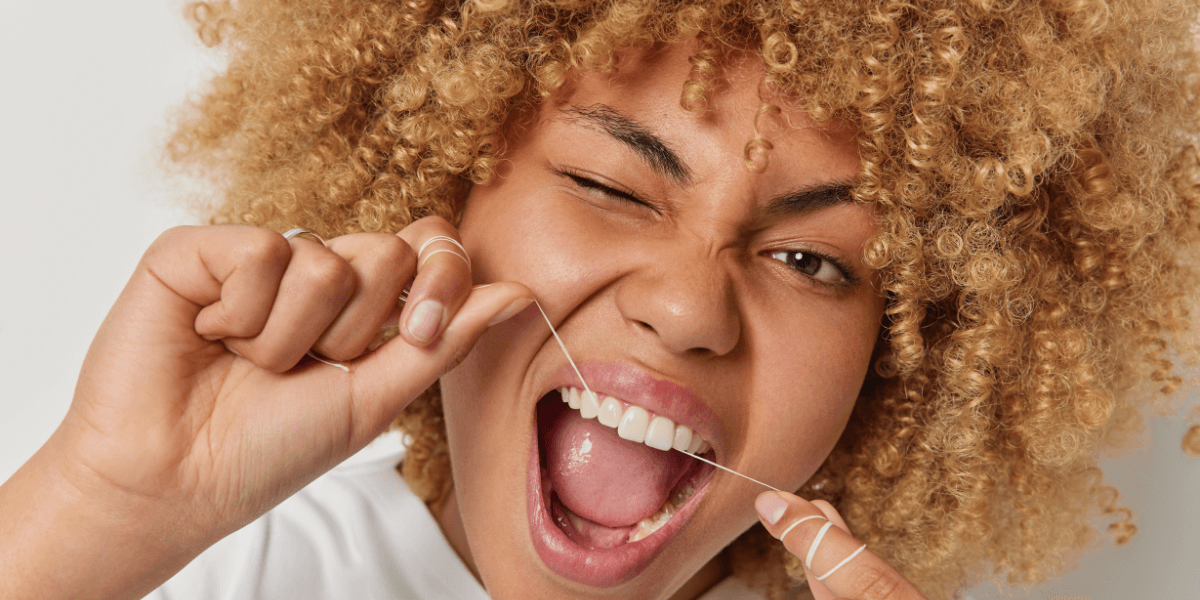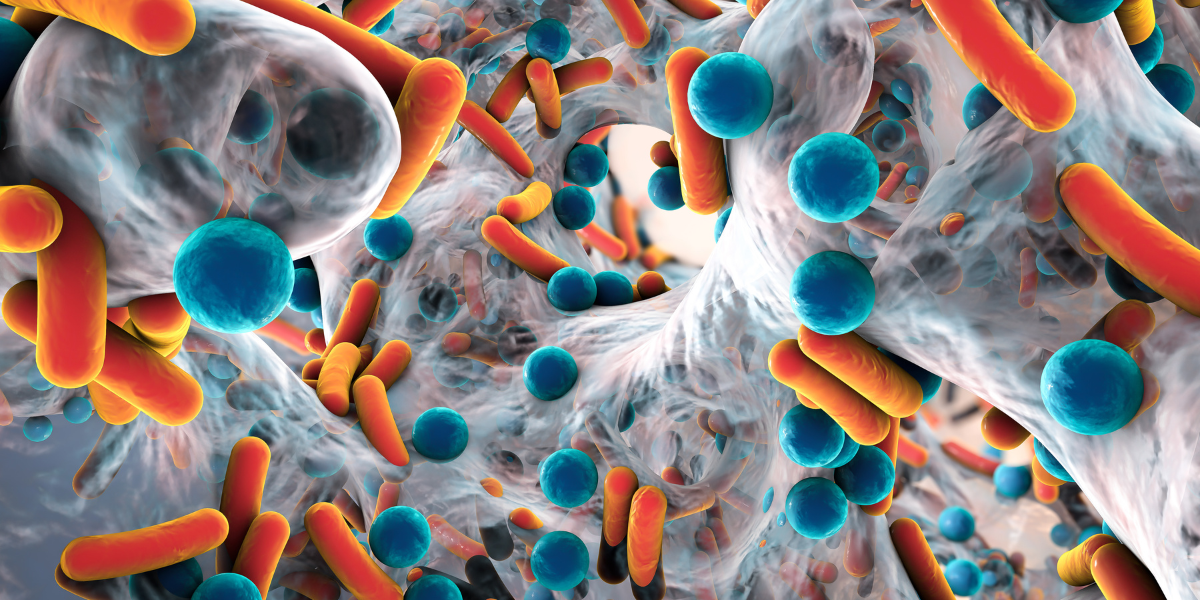How to care for your dental cleaning tools & keep them safe

Good oral hygiene is associated with a healthier mouth and body. Find out how to take care of dental appliances to minimize microbes & maximize health.
According to archeologists, centuries ago humans used bones, sticks, washcloths, and other items to clean their teeth and gums. The first toothbrush that resembles what we commonly use today was first designed in China in the 15th century.[1] They used bamboo handles with bristles made from animal hair. In the early 1800’s it was recommended that floss silk be used to clean between our teeth to help prevent decay.[1] During the 1930’s toothbrushes were often made from plastic materials with nylon bristles instead of animal hair. This was deemed to be more hygienic and less of a breeding ground for bacteria and fungus.[2]
During the early twentieth century government agencies emphasized the importance of good oral habits to reduce oral disease within the population. Soldiers returning home from battle incorporated the oral hygiene habits they had been trained to do while they served, into their daily civilian lives. This helped establish the importance of oral health within the general population. It later became a part of everyday life as we now know it to be. When we browse the oral hygiene aisle at our local grocery store or pharmacy, there is typically an assortment of options for one to choose from to meet their specific needs.
You can choose from a manual toothbrush that is made from plastic or bamboo, with bristles that are made from nylon or polyester fibers. Toothbrush bristle options are available in either soft, medium, or hard. The American Dental Association and most dental professionals recommend that individuals only use soft bristles, as they are the gentlest on our teeth and gums.[6] Soft bristles lead to less damage, sensitivity issues, and costly treatment.[6]
Many find that a battery operated or an electric toothbrush helps them in their efforts to effectively remove plaque and stain from their teeth. This option especially assists individuals who have hand dexterity challenges.[6] It can prove helpful to the elderly, individuals with disabilities, individuals with braces, or children who have not yet developed full use of their hand dexterity.[6]
Using floss or a water irrigator helps to remove debris interdentally. Cleaning between our teeth is important to help prevent interdental cavities and gum inflammation. Many love to be masters of frugality, however it is important to throw away floss or floss picks after you have used them once. These are not items that are intended to be reused. Reusing floss causes the strands to accumulate with more bacteria from your mouth as well as from the surfaces of wherever you placed it.[5] Introducing bacteria into your mouth is never a good idea.
If your teeth are crowded together it can seem impossible to initially find floss that works best for you. Trial and error might be needed to find a floss that doesn’t seem shred or get stuck in your teeth. It’s usually best to avoid waxed flosses as they tend to be too thick for tight areas. Using ribbon-style flosses that are thin and flat are easier for people with tight spaces to use as it is easier to wiggle the floss between the teeth and less prone to getting stuck and shredding within the spaces. Some individuals like to use interdental brushes and picks to fit between spaces to remove debris.
It is important that we properly care for our oral hygiene devices such as our toothbrushes as they can be breeding grounds for bacteria. Our mouths are host to millions of germs.[4] Our toothbrushes become contaminated with bacteria and oral debris which makes it important that we clean our toothbrush after each usage. Many people keep their toothbrushes on the bathroom counters. Studies have shown that an uncovered toothbrush can harbor 100 million bacteria, including E.coli bacteria, and Staphylococci (Staph), a bacteria that can cause skin infections.[4]
Recommended toothbrush care:
- After brushing, rinse your toothbrush thoroughly with tap water to remove debris.[3]
- Store you toothbrush in an upright position where the bristles can properly dry.[3] Don’t place your toothbrush in a drawer or a medicine cabinet.[3] You should refrain from placing it near others toothbrushes in a cup as well as if they touch they will transfer germs to one another.[3]
- Use a cover that will allow air to circulate so as to prevent the growth of mold or more microorganisms as a lack of air can breed more bacteria.[3]
- Use of a toothbrush sanitizer that uses an ultraviolet light to kill microorganism is recommended by many dental professionals.[3]
- Your toothbrush should be replaced every three months or sooner. If the brush shows signs of wear such as frayed bristles or bristles that fan out, that is a sign that it is time to replace the brush. Continuing to use a toothbrush or toothbrush head from an electric toothbrush that is in this condition, will decrease its effectiveness of removing debris from your teeth and gums.[3]
- I know we were taught the importance of sharing however when it comes to personal items such as a toothbrush we should not share our toothbrush with others.[3] Sharing our toothbrush can cause the transfer of saliva, bacteria, and infectious disease to be passed between users.[3]
Many choose to use a water flosser to remove the debris between their teeth. I have seen my patient’s gums improve when they use this device as many wouldn’t floss regularly despite how much I encouraged them too. A water flosser must be properly maintained.
How to Maintain Your Water Flosser:
- Daily: To maintain the device, remove the water from the device prior to and after usage.
- Weekly: Use a damp microfiber cloth with mild dish soap to wipe down the device on the outside. Clean the inside then flush the unit to remove all of the water that you placed within the unit while cleaning it.
- Monthly: Every 1-3 months clean the reservoir. Use diluted distilled white vinegar to disinfect the reservoir, handle, flosser, and flosser tip. After using the distilled vinegar solution flush the unit with water.
Oral hygiene is important for our overall health and wellness. Taking proper care of the various devices we use to achieve good oral hygiene is critical to keep us healthy as well. Disposing of items within the recommended time frame is key to making sure they are effective and won’t cause you any health problems. Always read the instructions on your oral healthcare aides as some recommendations will vary depending on the manufacturer of the products.
- Oral Hygiene – History of Dental Hygiene. http://www.historyofdentistry.net/dentistry-history/history-of-oral-hygiene/
- Smithsonian. Oral Care. https://www.si.edu/spotlight/health-hygiene-and-beauty/oral-care
- WebMD. The Ugly Truth About Your Toothbrush. Bernstein, Susan. (2015, March 22). https://www.webmd.com/oral-health/features/the-ugly-truth-about-your-toothbrush
- CDC. Use & Handling of Toothbrushes. (2016, March 25) https://www.cdc.gov/oralhealth/infectioncontrol/faqs/toothbrush-handling.html#:~:text=Toothbrushes%20can%20have%20germs%20on,it%20in%20an%20upright%20position
- Health Digest. Never Reuse Your Floss. Here’s Why. Marie, Erin. (2021, August 30). https://www.healthdigest.com/589744/never-reuse-your-floss-heres-why
- ADA. Toothbrushes. (2022, October, 7). https://www.ada.org/resources/research/science-and-research-institute/oral-health-topics/toothbrushes







